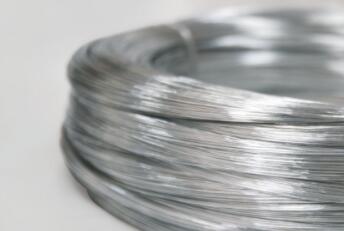Understanding Cutting Expanded Metal Applications, Benefits, and Techniques
Expanded metal is a versatile and highly functional material used in various applications across different industries. This material is formed by slitting and expanding a flat sheet of metal, resulting in a pattern of diamond-shaped openings. When it comes to custom applications, cutting expanded metal to specific dimensions and shapes is essential, and this process is known as cutting expanded metal. In this article, we will explore the cutting techniques, applications, and benefits of expanded metal.
Cutting Techniques
There are several methods for cutting expanded metal, and the choice of technique often depends on the thickness of the metal, the intricacy of the design, and the tools available. Common cutting methods include
1. Shearing This process involves using a shear cutting machine that applies a large force to cut through the material. It is efficient and effective for producing straight cuts in thicker sheets of expanded metal.
2. Laser Cutting For intricate designs and precise cuts, laser cutting is often the preferred method. It utilizes a focused beam of light to melt or vaporize the metal, creating clean edges and complex shapes. This process is particularly useful for applications where high precision is crucial.
3. Plasma Cutting This technique uses a plasma torch to cut through electrical conductivity in metals, making it suitable for thicker materials. Plasma cutting is faster than traditional cutting methods and allows for greater flexibility in design.
4. Water Jet Cutting This method employs high-pressure water mixed with abrasive particles to cut through metal. It is advantageous for materials that cannot withstand high heat, as it does not generate thermal distortion.
Applications of Cutting Expanded Metal
Cutting expanded metal has numerous applications across various sectors, including
- Architectural Features Architects frequently use expanded metal for decorative elements in buildings, such as facades, partitions, and railings, due to its aesthetic appeal combined with structural integrity.
cutting expanded metal

- Manufacturing In industrial settings, cutting expanded metal is used for creating fixtures, guards, and covers that require ventilation while providing protection and support
.- Transportation In the automotive and aerospace industries, expanded metal has applications in grilles, shields, and supports, where lightweight and durable materials are crucial.
- Art and Design Artists and designers often utilize expanded metal for sculptures, installations, and artworks, leveraging its unique texture and openness to light.
Benefits of Cutting Expanded Metal
The benefits of using expanded metal, particularly when cut to specifications, are significant
1. Strength and Durability Expanded metal retains the strength and integrity of the base metal while reducing weight, making it ideal for applications that require both durability and lightness.
2. Versatility Its adaptability allows for use in various settings, from industrial to artistic. Custom cuts also enable it to fit specific designs and requirements.
3. Cost-Effectiveness Cutting expanded metal often results in less waste compared to other materials, as the flat sheet expands effectively and maintains structural integrity while being lightweight.
4. Aesthetic Appeal Expanded metal can enhance the visual aspect of a project while providing functional benefits, making it suitable for both utilitarian and design-focused applications.
In conclusion, cutting expanded metal is an essential process that not only allows for customization but also opens up a vast range of applications across multiple industries. Understanding the methods and benefits of cutting expanded metal can help industries and individuals alike to make informed choices in their projects, whether they seek durability, design flexibility, or cost efficiency. As technology advances, the precision and versatility of cutting techniques will enable continued innovation in the use of this remarkable material.

















